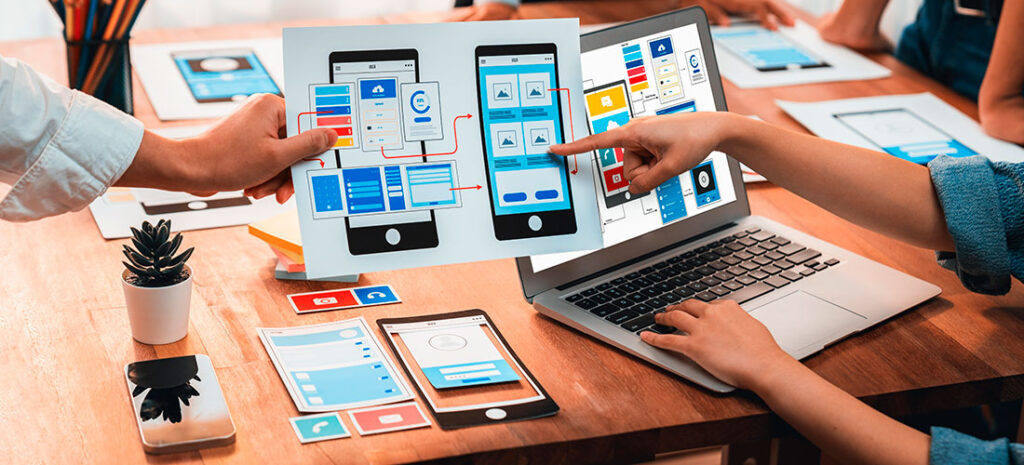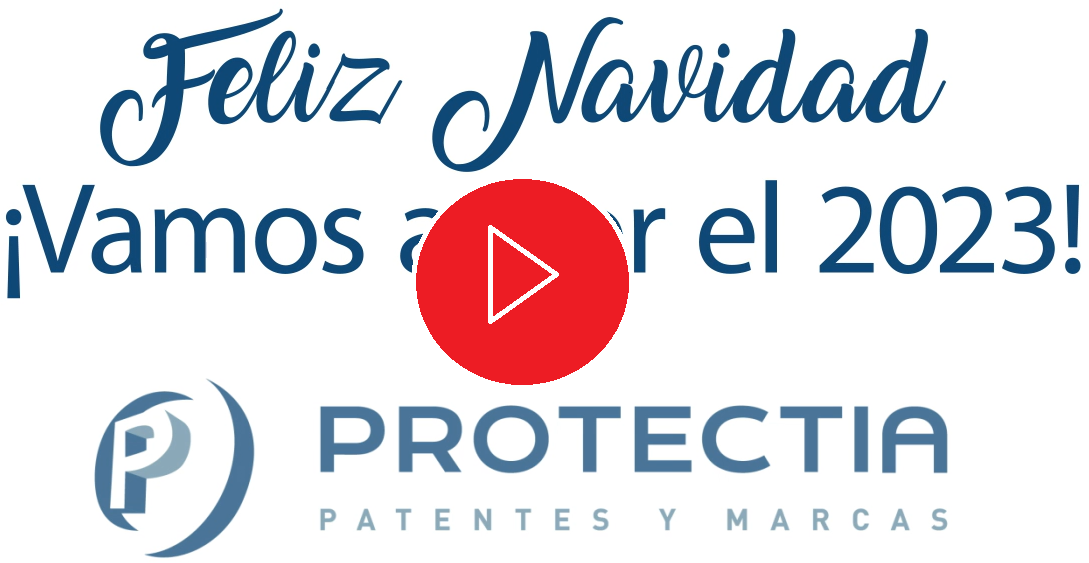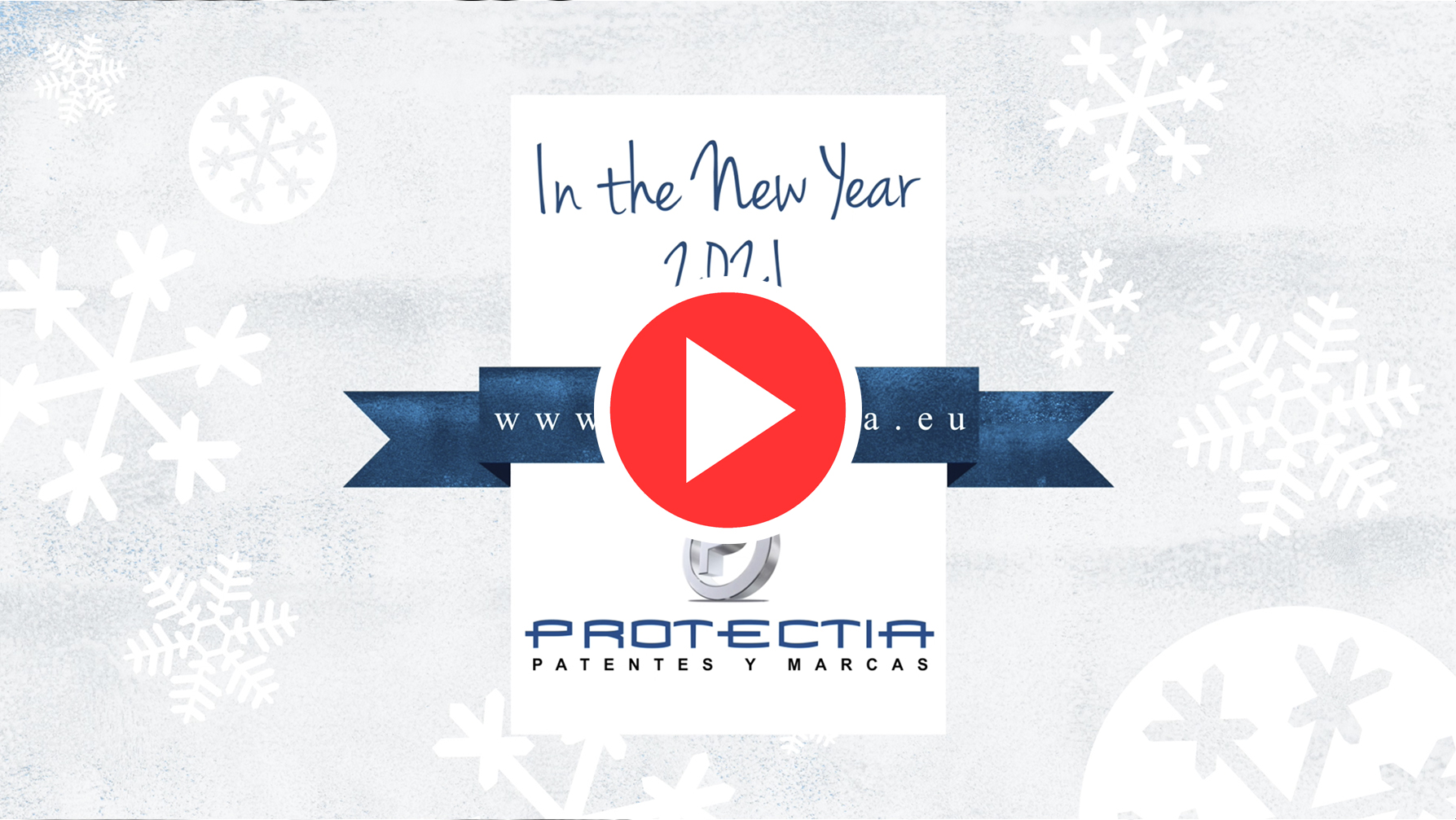Given the enormous boom of computer applications created for smartphones and tablets, many people get into this new and growing market looking for business success. Certainly, one of the first questions that arise is how to patent a mobile application and consequently we run into many queries about the proper protection of such apps.
That is why we would like to share the most frequent doubts and mistakes we usually find and the answers about it.
Usually, is used the expression “patenting a mobile application” to refer to its protection.
Technically computer applications are not patentable in Europe since the European Patent convention explicitly excludes in its article 52, paragraph 2, the patentability of computer programs.
Patents are used only for the protection of inventions, intending for invention any technical solution to a technical problem. So, it can be deduced that if the mobile application produces a technical effect or it might produce it, then it is patentable.
To determine whether or not an application is patentable is essential to have as an ally a team of professionals such as Protectia. In practice most mobile applications, and computer programs in general, has not technical nature.
Clarified that in Europe most mobile applications are not patentable, we are going to show which could be the best alternatives ways of protecting an application.
The application development itself and its later commercialisation involve different needs which must be considered independently:
- The name of mobile applications can be/ must be registered as a trademark.
- The application interfaces can also be protected.
- Its intellectual authorship can be/ must be also provided.
We are pleased to guide you about each one of these possibilities and we remain at your disposal to clarify, analyse and adapt them to your specific needs.
How to patent a mobile application. Viability and trademark registration:
To protect the trademark which identifies the app, is essential to know the name which shall contain the trademark, considering that trademarks are protected for concrete activities for which is used the international Nice Classification, which categorizes all the goods and services existing. For mobile apps could be difficult to figure out which class or classes are the most appropriate. This is because despite all IT applications in general are included as a product into class 9, the service or services offered by the application may be more relevant than the app itself.
Let’s take an example to help understand the matter. A mobile application developed to organize trips, including for example the booking of accommodation, a restaurant guide, car rental, etc. could be interested on the following type of classification:
- Class 35: Providing comparative information on prices and a variety of travel-related items (including rental cars) for the benefit of others via the Internet and communications networks; advertising and marketing services relating to travel provided to third parties through the Internet and mobile communication networks.
- Class 39: Advice and consultancy services relating to travel arrangements and / or hiring of transport, provision of travel information in the form of geographic information and destinations around using maps, pictures, maps and travel routes.
- Class 43: reservation service for temporary accommodation, provision of information related to reservation of temporary accommodation; restaurant services (food); temporary accommodation; provision of information relating to restoration and temporary accommodation; Making hotel reservations for others.
Moreover, before investing time enthusiasm and money in a trademark application is highly recommended to evaluate its viability: confirm that fulfil with the legal requirements and check which previous trademark similar or identical have been filed or registered in the territory of interest, in order to verify that they are not going to be a major obstacle during the registration process. This evaluation made by Protectia has no cost, so it would only be necessary to provide the name of interest.
Finally, since the trademarks are granted for each State independently and generally mobile apps are sold to international markets, the internationalization of trademark registration is vital to keep the right and possess such valuable asset. The best practice in this scenario is to start the international trademark protection through a Community trademark registration and take the opportunity of the 6 months international priority period given by this kind of application in order to extend it to other potential territories.
How to patent a mobile application. Graphic interfaces protection.
Regarding the appearance of apps, that is what the user sees and uses to interact with the application, is worth noting that if these are especially original and/or aesthetically profitable there is the possibility to protect them as industrial designs.
For geographical coherence and for the same reasons as discussed above regarding the protection of trademarks, the logical option is to file an application for community industrial design registration and use the 6 months of international priority period.
How to patent a mobile application intellectual property:
As already mentioned, most of the programs and informatics applications are NOT protectable by patents, so they are considered by law (except for the U.S legislation) as intellectual property rights.
Consequently, among the 151 contracting parties of the Berne Convention for the protection of Literary and Artistic works software, either as source code or as object, it is considered as an intellectual creation provided with similar protection as the one a book, a sculpture or a photograph has. This copyright protects the “literal expression” of apps or computer systems, but does not protect the “ideas” underneath such systems or applications, which usually have a high commercial value.
The problem emerging in this context is about evidence, since for the mere creation of the work, in this case the software, exploitation rights belongs to it. To demonstrate the moment of creation and its content there are 2 ways with the current legislation:
- Copyright: give proof of the authorship of the application. A text describing the app and the source code must be entered on the relevant administration. Registration is valid in all countries of the Berne Convention. Highlights the fact that the owner must be one or more individual, making it difficult to manage and operate by commercial companies, forced the drafting and signing of agreements in this respect between the parties and the fact that if it is submitted by a third part (generally a legal representative), the representation must be signed before a notary.
- Notarial protocol: this is the recommended option for those cases in which the commercial use of the app is conducted by a trading company for its easy execution. It consists in depositing before notary the app’s content.
The easiest and cheapest way to make this protocol is by using digital media, such as CD, DVD or removable memory in which a description of the app, the source code and its demonstration may be included. Through this notarial protocol is possible to get irrefutable date in order to get protection of authors and content owners’ rights.
Notarial protocol has several advantages:
- It can be deposited by a simple verbal representative.
- Its content is not published and therefore remain secret if the owner wishes so.
In summary, it exist a combination of three ways of protection: trademark, design and copyright. Through this combination a consistent protection of the mobile app may be achieved in order to take the most of its commercial performance.
¿Are you interested in patenting a mobile application ?



